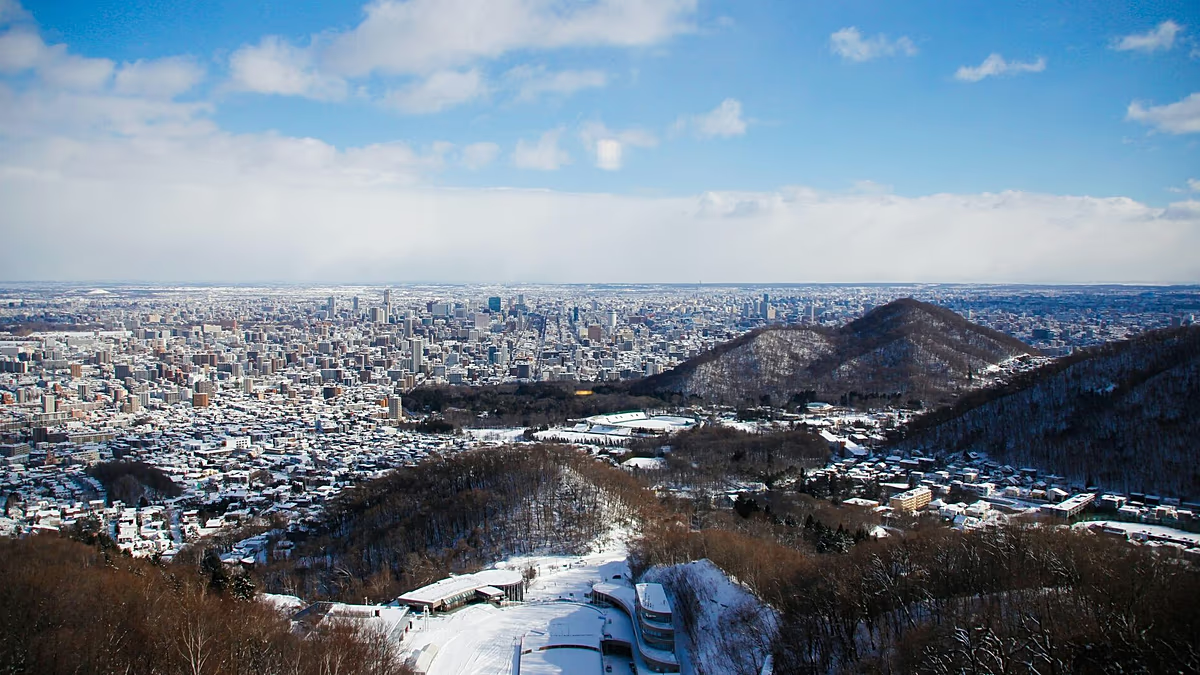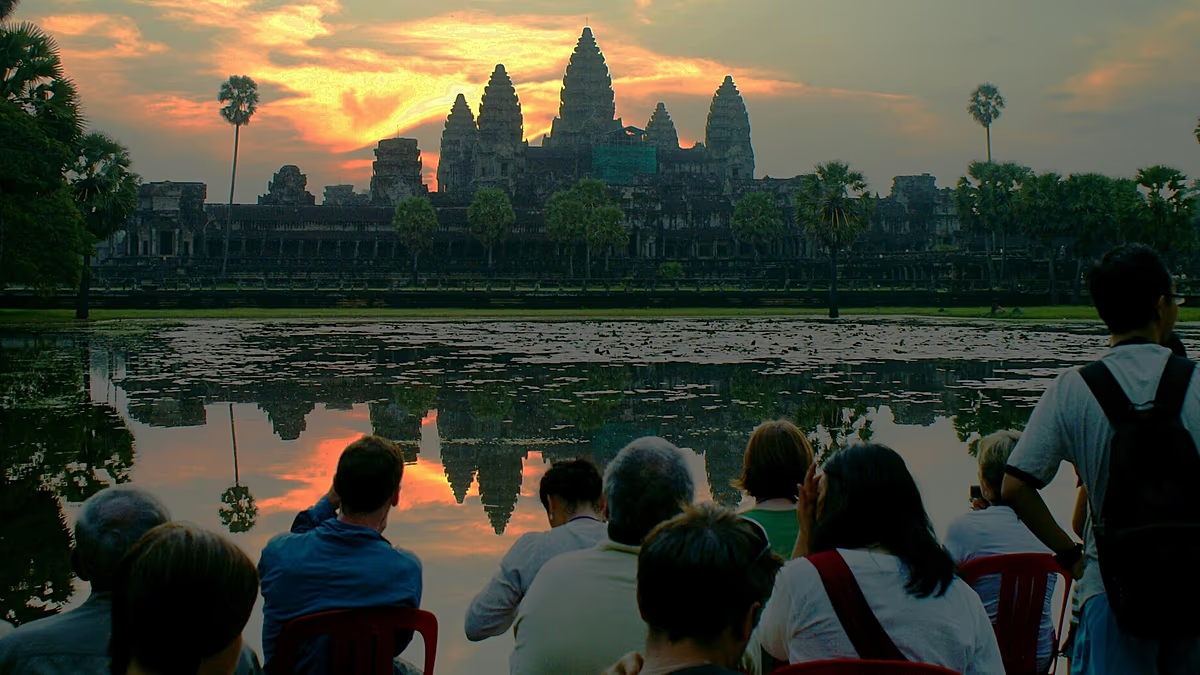Astana’s Hazrat Sultan Mosque, a breathtaking testament to Islamic architecture and Kazakh artistry, stands as a beacon of faith and a symbol of national pride in the heart of Kazakhstan’s capital. Completed in 2012, the mosque’s sprawling complex, capable of accommodating 10,000 worshippers, immediately captured attention for its sheer scale and exquisite detail, establishing itself as one of the largest mosques in Central Asia. More than just a place of worship, Hazrat Sultan Mosque is a cultural landmark, a vibrant center of community life, and a showcase of traditional craftsmanship interwoven with modern architectural ingenuity. Its gleaming white marble facade, punctuated by intricate turquoise domes and towering minarets, reflects a harmonious blend of Timurid architectural influences and contemporary design principles, creating a truly awe-inspiring spectacle.
The mosque’s grandeur is immediately apparent in its record-breaking dimensions. Dominating the cityscape, the main dome, a majestic symbol of celestial unity, soars to a height of 51 meters, representing the 51st anniversary of Kazakhstan’s independence at the time of its completion. Surrounding it are eight smaller domes, each a masterpiece of architectural precision, adding layers of visual complexity and symbolic meaning. Four slender minarets, reaching towards the heavens at a height of 77 meters, further accentuate the mosque’s verticality, their intricate designs echoing traditional Islamic patterns. The mosque’s vast prayer halls, adorned with opulent chandeliers, intricate calligraphy, and hand-woven carpets, provide spaces for both intimate reflection and communal prayer, fostering a sense of spiritual connection within the expansive structure. The use of luxurious materials, including marble, granite, and gold leaf, underscores the mosque’s significance and creates an atmosphere of reverence and tranquility.
Beyond its imposing size and opulent decoration, the Hazrat Sultan Mosque is a testament to the meticulous craftsmanship of Kazakh artisans. Traditional Islamic art forms, such as calligraphy and arabesque patterns, are intricately woven into the fabric of the building, adorning the walls, ceilings, and even the exterior facades. The careful selection of materials, combined with the skillful execution of traditional techniques, elevates the mosque beyond mere construction to a work of art. The main dome, for instance, is crowned with a crescent moon and star, symbols of Islamic faith, crafted with meticulous detail and plated in gold, adding a touch of brilliance against the azure sky. The calligraphy, painstakingly executed by master calligraphers, adorns the interior walls with verses from the Quran, imbuing the space with spiritual significance and adding another layer of artistic expression.
The mosque’s central location within Astana further emphasizes its role as a focal point of community life. Situated on the right bank of the Ishim River, near the Presidential Palace and other prominent landmarks, the mosque is easily accessible to residents and visitors alike. Its spacious courtyards, adorned with fountains and landscaped gardens, provide a welcoming space for gatherings and social interaction, fostering a sense of community and shared purpose. Beyond its religious function, the Hazrat Sultan Mosque serves as a cultural and educational center, hosting lectures, exhibitions, and other events that promote interfaith dialogue and understanding. The mosque’s library, containing a vast collection of religious texts and historical documents, further contributes to its role as a center of learning and scholarship.
The Hazrat Sultan Mosque serves as a powerful symbol of Kazakhstan’s national identity, reflecting the country’s rich cultural heritage and its commitment to religious tolerance. The mosque’s design seamlessly blends traditional Islamic architectural elements with Kazakh cultural motifs, creating a unique architectural expression that embodies the nation’s diverse cultural influences. The use of local materials and the involvement of Kazakh artisans in the construction process further reinforce the mosque’s connection to the nation’s heritage. The mosque stands as a testament to Kazakhstan’s commitment to preserving its cultural traditions while embracing modernity, demonstrating the country’s open and inclusive approach to religious diversity. Its presence in the heart of the capital city serves as a reminder of the importance of faith and spirituality in Kazakh society.
In conclusion, the Hazrat Sultan Mosque is more than just an architectural marvel; it is a symbol of faith, a testament to artistry, and a reflection of Kazakhstan’s national identity. Its record-breaking dimensions, intricate details, and opulent decorations showcase the culmination of architectural ingenuity and artistic skill. The mosque’s central location, its role as a community hub, and its embodiment of Kazakh cultural heritage underscore its significance as a national landmark. The Hazrat Sultan Mosque stands as a beacon of hope and inspiration, inviting visitors from all walks of life to experience the beauty and tranquility of this sacred space. Its enduring legacy will undoubtedly continue to inspire awe and wonder for generations to come, solidifying its place as a masterpiece of Islamic architecture and a symbol of Kazakhstan’s rich cultural heritage.












